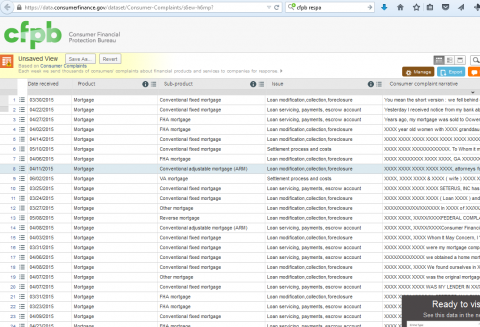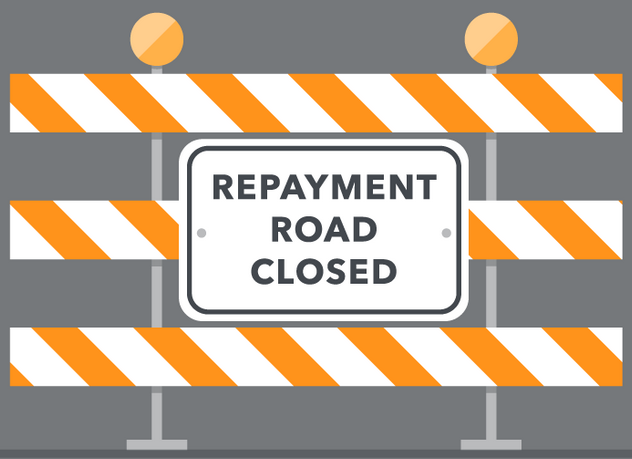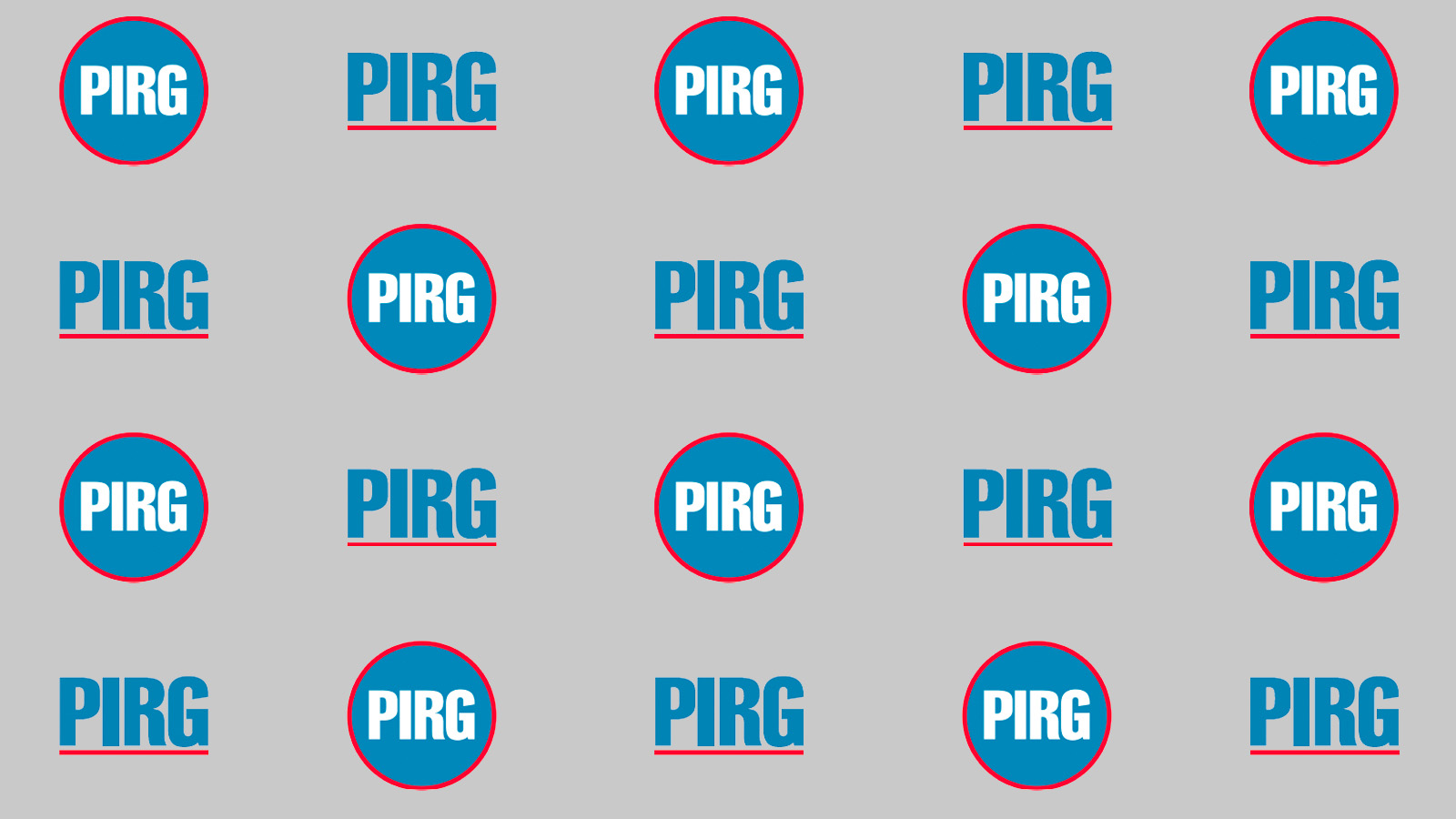
Meet the CFPB (Consumer Financial Protection Bureau)

Updated January 2017: The Consumer Financial Protection Bureau or CFPB turned five years old on July 21, 2016! It’s the first federal agency with just one job: Protecting all consumers –- with special offices to protect servicemembers, older Americans and students, and to fight discrimination — all across the financial marketplace, including banks, non-banks, debt collectors and other firms.
1) When companies break the rules, the CFPB takes action to protect you and gets your money back, nearly $12 Billion so far, in less than 6 years!
Enforcement and supervisory actions by CFPB have returned over $11.8 Billion to over 29 million consumers harmed by unfair financial practices. Supervision is looking at a company’s books or operations as part of a regular examination process. From a December 2016 CFPB Fact Sheet:

$11.8 billion: Approximate amount of relief to consumers from CFPB supervisory and enforcement work, including:
- $3.7 billion in monetary compensation to consumers as a result of enforcement activity
- $7.7 billion in principal reductions, cancelled debts, and other consumer relief as a result of enforcement activity
- $371 million in consumer relief as a result of supervisory activity
Here are just a few examples of recent CFPB enforcement actions:
- Wells Fargo: Fined $100 million by CFPB for setting up over 2 million fake, secret illegal consumer accounts (September 2016): The CFPB led a 3-regulator enforcement action against Wells Fargo for setting up over two million fake accounts so workers could meet sales quotas. Said CFPB Director Richard Cordray. “Because of the severity of these violations, Wells Fargo is paying the largest penalty the CFPB has ever imposed. Today’s action should serve notice to the entire industry that financial incentive programs, if not monitored carefully, carry serious risks that can have serious legal consequences.”
- Student Loan Servicer Navient Sued by CFPB for “failing” students at every step of the repayment process (January 2017): In the sweeping complaint filed with the court, the CFPB also charged that Navient, formerly part of Sallie Mae, had even “harmed the credit of disabled borrowers, including severely injured veterans.”
- Citibank subsidiaries ordered to pay $28.8 million in penalties and consumer restitution for “giving “the runaround to borrowers […] trying to save their homes” (January 2017): “The mortgage servicers kept borrowers in the dark about options to avoid foreclosure or burdened them with excessive paperwork demands in applying for foreclosure relief. The CFPB is requiring CitiMortgage to pay an estimated $17 million to compensate wronged consumers, and pay a civil penalty of $3 million; and requiring CitiFinancial Services to refund approximately $4.4 million to consumers, and pay a civil penalty of $4.4 million.”
2) The CFPB gets results when you complain about any financial firm.

CFPB takes complaints on nearly any financial issue (from mortgages to payday loans to credit bureaus and credit cards and more), either online or over the phone (in numerous languages) or in writing (see this link for details). It’s taken over 600,000 so far. It then sends those complaints to the bank, debt collector or other financial company. The CFPB gets results for consumers. It recovers money, eliminates false credit bureau information and debt collection claims and stops discriminatory practices.
HOW DO I MAKE A COMPLAINT?
-
VISIT consumerfinance.gov/complaint
-
OR MAKE A FREE PHONE CALL: 1-855-411-CFPB (2372)
3) The CFPB makes consumer complaints public so you can learn

Your complaint can help other consumers. You can learn from others’ complaints. Companies that want to do the right thing will learn what practices by others consumers complain the most about. Visit http://www.consumerfinance.gov/complaintdatabase/ to dig into the database.
Here are some PIRG research reports using the database to study complaints about banks, credit card companies, student loans, debt collectors, credit bureaus and mortgages.
The database includes narrative stories. You can read the stories here: https://data.consumerfinance.gov/d/nsyy-je5y. If you provide your (optional) story, more consumers will learn about problems with your bank or credit bureau or other firm and that will help them make better choices. (Note, in any of these database views, you can set filters to target compalints by category or state.)
The CFPB publishes a monthly summary of complaints, with features including “Top Ten Complained-About Companies.” Each month, the report includes adrill-down into complaints about a specific product category and also looks at complaints from a geographic area.
4) CFPB has a special office to protect servicemembers and veterans

Young soldiers and sailors, and veterans, are often targets of high-cost financial products from auto and home loans to for-profit schools as well as out-and-out financial scams. The CFPB enforces special laws designed to protect military family pocketbooks.
Its Office of Servicemember Affairs also makes sure servicemembers and families are protected through a combination of educational outreach and tough enforcement of the laws.
See a list of all CFPB actions to protect servicemembers and veterans.
Check out CFPB’s Consumer protection resources for servicemembers.
5) CFPB has a Special Office To Help Students Pay for College and Avoid Unfair Campus Banking Practices

CFPB has a Student Loan Ombudsman to investigate problems and help students, especially those with high-cost private student loans or problems with for-profit colleges.
The office has a special website “Paying for College” chock-full of resources for students, former students and recent graduates, of any age.
6) Buying a Home? The CFPB Has Mortgage Resources to Help You Avoid Problems

The CFPB has many resources for consumers buying a home, including its new Know Before You Owe Home Loan Toolkit.
As the CFPB explains further:
- “We have information on mortgages for homebuyers, homeowners, and anyone who needs help understanding our mortgage rules.
- Find a housing counselor near you. Housing counselors can provide advice on buying or renting a home, foreclosures, and credit issues.
7) CFPB Helps Older Americans:

The CFPB has a special office to help Senior Citizens avoid financial exploitation either by relatives or by a variety of scam artists who specialize in targeting older Americans. The CFPB Office of Older Americans can help. It also provides tips and advice and tools for older Americans as they make tough financial choices. The CFPB explains:
“You may face clever scam artists or desperate family members targeting you because of your home equity or net worth…a choice between paying the mortgage/rent or your credit card…or even complicated decisions about finances, retirement, and long-term care planning…We’re here to help you…prevent others from taking your savings or your home…understand your financial options when your spouse dies…find out where you can turn to for information…learn about your financial choices…access tools you need to achieve your goals.”
The CFPB also has guides for elder caregivers: see “Managing money guides for caregivers of older Americans.”
8) Financially Vulnerable Consumers Have a friend at the CFPB
The CFPB’s Office of Financial Empowerment helps “low-income and economically vulnerable consumers to make informed financial decisions by providing them with tools and information and by promoting a more inclusive and fair financial marketplace.” It also has variety of resources and toolkits for social services agencies, legal services offices and educators.
9) Got a Question? Ask CFPB.

Ask CFPB
is a resource with over 1100 answers to common financial questions, such as:

- How do I dispute an error on my credit report?
- How does foreclosure work?
- What is the difference between a fixed APR and a variable APR?
- When can I remove private mortgage insurance (PMI) from my loan?
- What is a remittance transfer?
- Is applying for a payday loan online safe?
- What are my rights under the Military Lending Act?
10) The CFPB Has Many Other Resources: Here are just a few more:
- Tell Your Story page (not complaints, only stories). Read stories. Watch video stories. Add a story.
- Know Before You Owe, a campaign to make costs and risks of products clearer
- Financial education guides on a wide range of consumer products and services
- The CFPB has a variety of resources for consumers, banks and financial firms here.
Visit the CFPB on Facebook.
Follow the CFPB on Twitter (@cfpb).
Topics
Find Out More


New report reveals widespread presence of plastic chemicals in our food

FTC goes after second tax prep firm, H&R BLOCK joins INTUIT TURBOTAX for deceptive claims of “Free tax prep”

